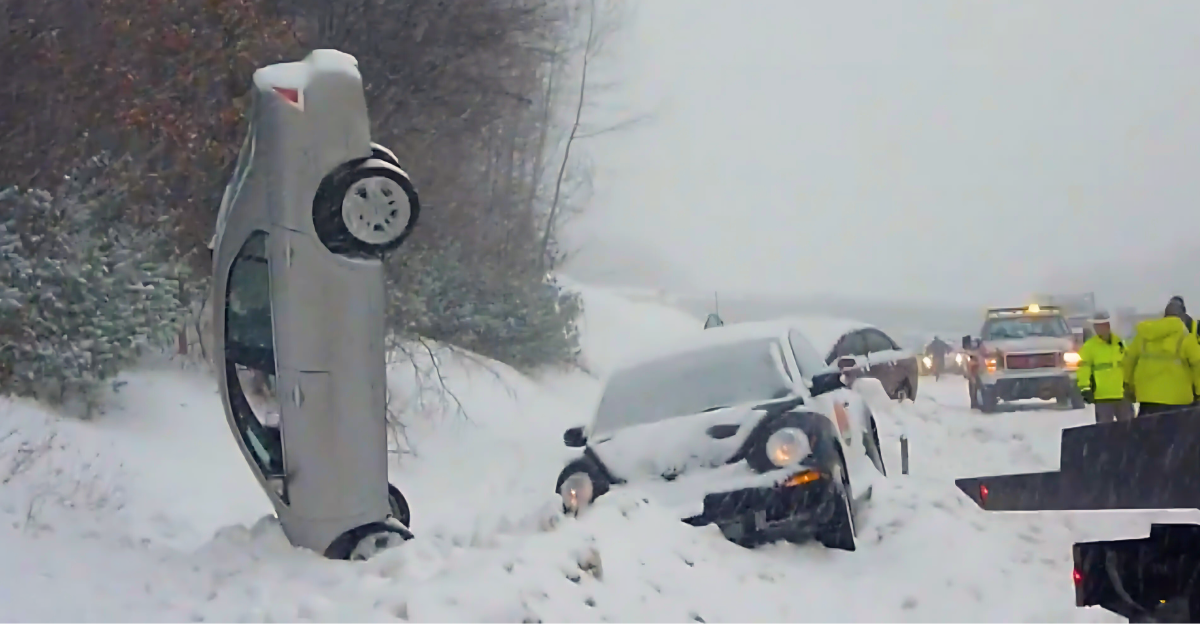
Two feet of snow may strike parts of Montana, Idaho, and Wyoming, making travel hazardous for both drivers and residents. Winter storm warnings have been issued by the National Weather Service (NWS), which is warning the public of the weather system’s paralyzing impact. The forecast includes not just heavy snow but also the danger of power outages, possible avalanches, and slippery road conditions.
As the cold temperatures descend upon the region and the snow settles, these three states will be experiencing challenging weather that will most likely continue through Monday night. Read on so you know what’s in store and how to protect yourself.
Winter Storm Warnings Issued for 3 States
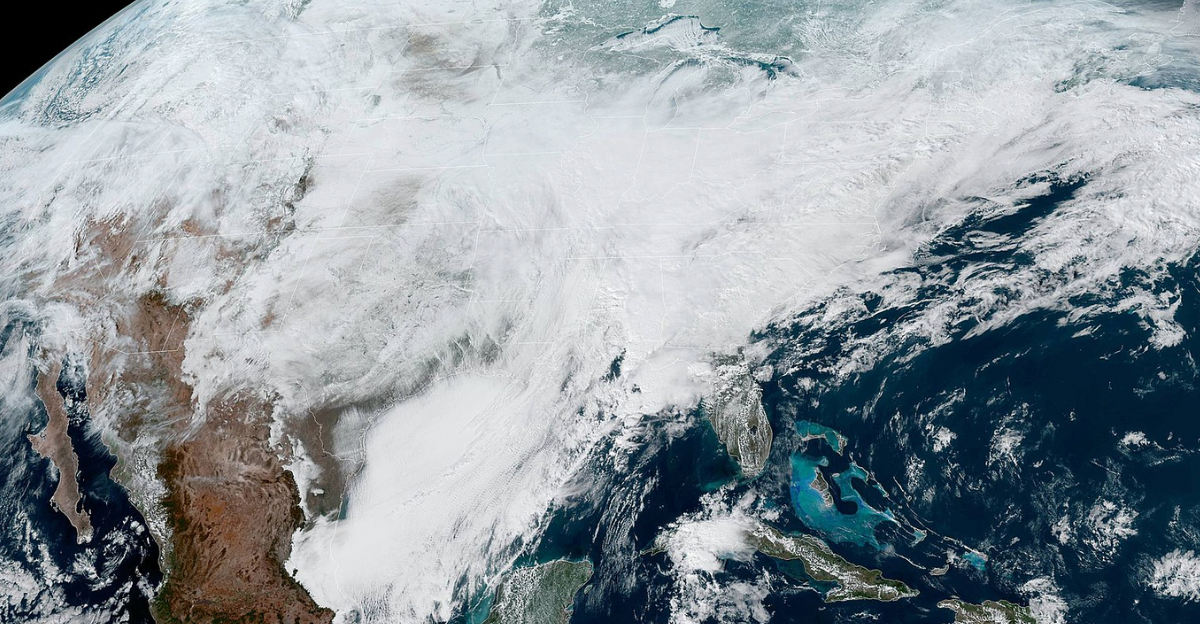
The National Weather Service (NWS) posted winter storm warnings for Montana, Idaho, and Wyoming, including regions such as the Absaroka-Beartooth Mountains and the Crazy Mountains. They are valid until Monday night. Travel will be extremely difficult with 12 to 24 inches of snow.
The alert warns not only of snow, but also the possibility of hazardous ice, poor visibility, and road shutdown. Motorists in the area are encouraged to make every effort to stay off the roads except in an emergency and to be prepared for potential delays.
How Much Snow Are We Talking?
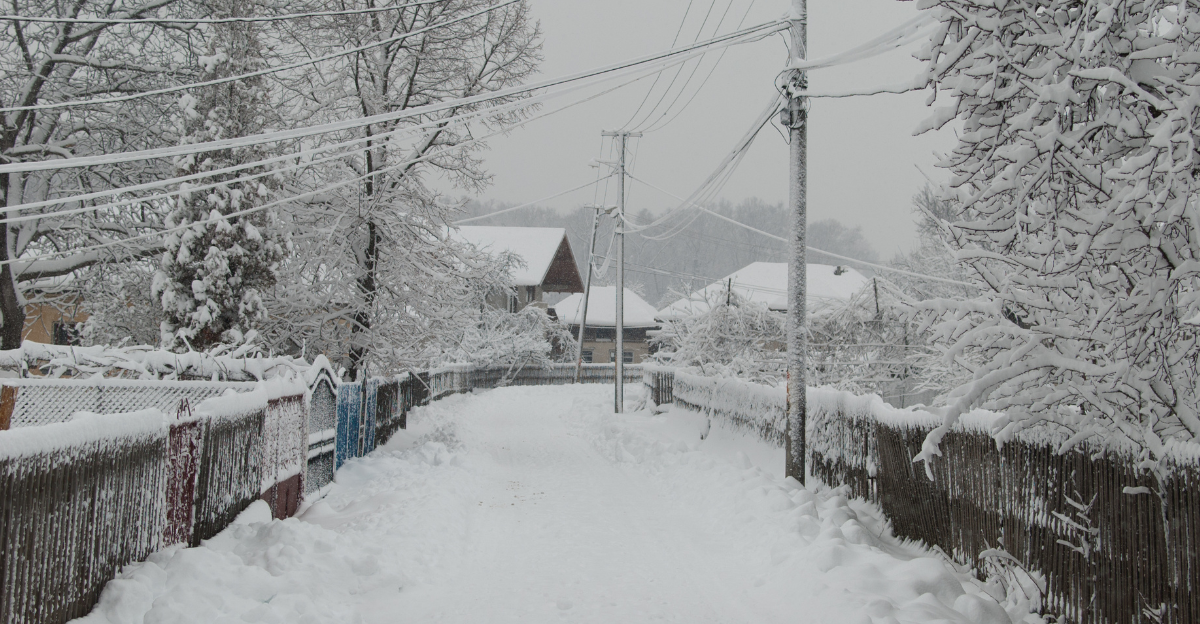
The storm will be dumping heavy snow across a broad area. The National Weather Service forecast is for as much as two feet of snow in areas of the Absaroka-Beartooth and Crazy Mountains. Those are the hardest-hit ranges.
Other ranges, such as the Pryor and Bighorn Mountains, will see 12 to 20 inches of snow. Even the Gallatin Range, Centennial Mountains, and other mountain ranges in Idaho will get six inches or more. This is a major snowstorm, and homeowners and travelers in these regions must use extreme care.
A Recipe for Power Outages

In case the heavy snow and hazardous travel were not enough, this storm also brings the potential for power outages. Gusty winds and wet snow would cause downed trees and snapped power lines. The result: periodic power outages for homeowners in these regions.
This would cause enormous disruptions in business, school, and daily life. If you are in the path of the storm, get ready to lose power at least once. Maintain backup sources of light and power such as flashlights, powerbanks, and spare batteries, and have your phone charged in the event of a crisis.
Travel Will Be Hazardous
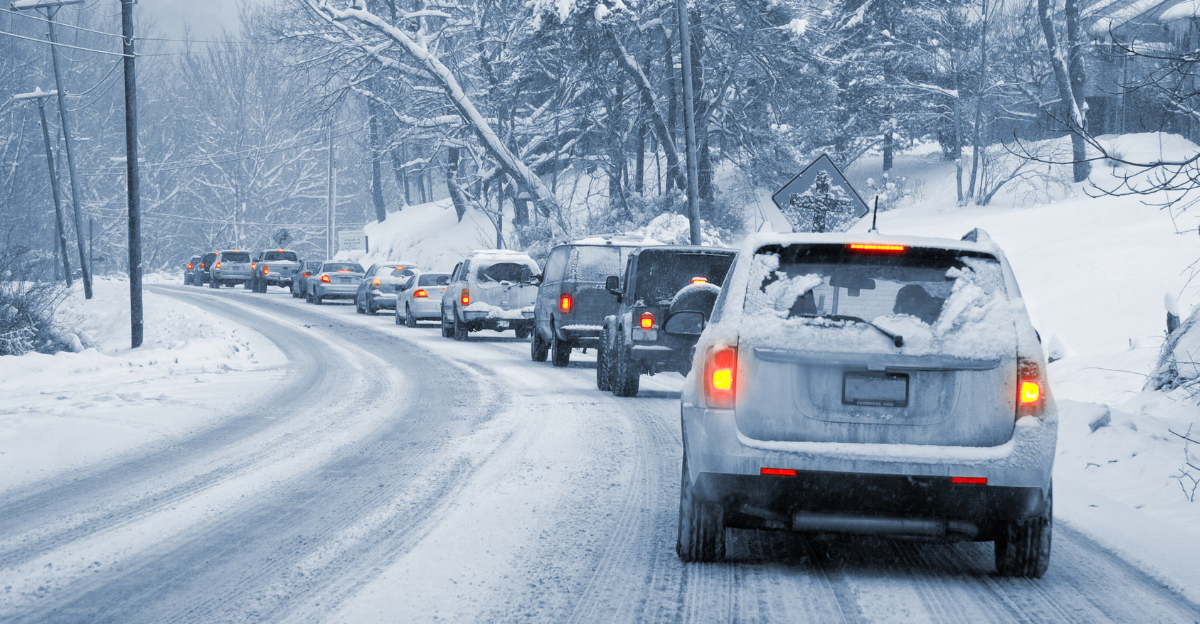
The storm poses dangerous driving conditions for travelers on roads. Interstate roads such as US-14 will be hazardous, with snow accumulating on the roads and making them slippery and impassable, forecasts the NWS. Travel will become sluggish, and the snow will reduce visibility, particularly in mountainous passes.
If you have no choice but to venture out, ensure that you equip your vehicle with tire chains and emergency supplies. The NWS advises you to pack additional food, water, and flashlights in your vehicle in case you become stranded by road closings or traffic accidents brought about by the blizzard.
Avalanche Risk Increasing
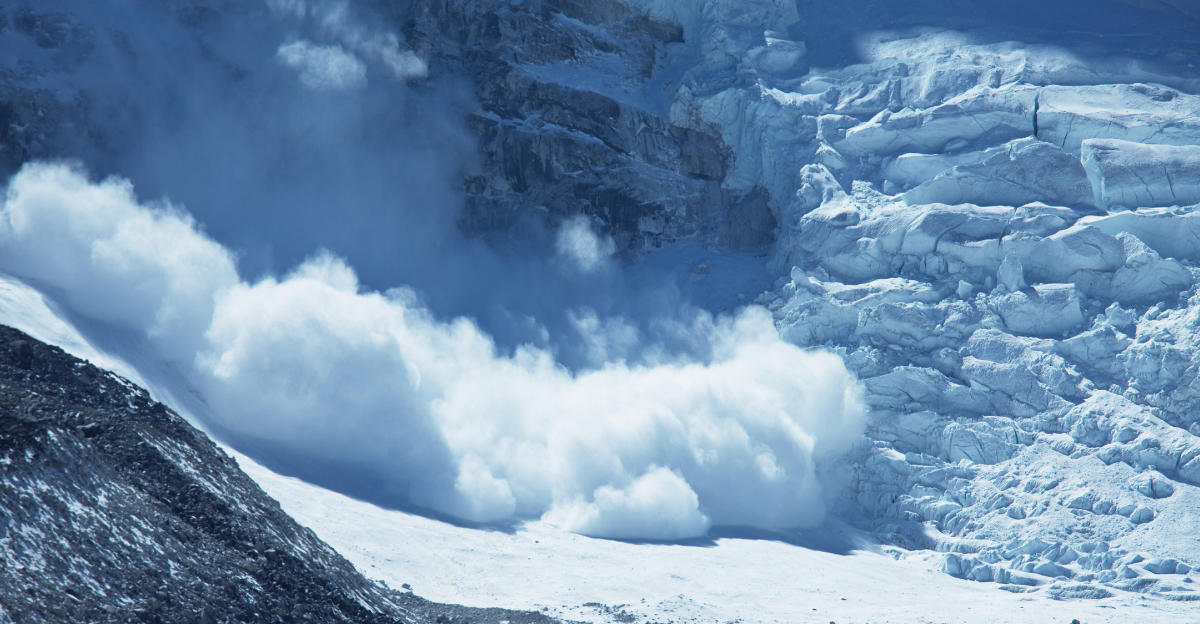
Heavy snow and strong winds bring about a higher risk of avalanches at the upper levels of Montana, Idaho, and Wyoming. The National Weather Service has issued warnings of avalanche hazards in mountainous terrain, particularly where there has been heavy snow and blowing snow.
This places outdoor recreationists in jeopardy—hikers, skiers, and snowshoers should reconsider or reschedule. Snowmobilers are also at increased risk of avalanches. If you are to be outside in these areas of high risk, it’s important that you are current on avalanche forecasts and stay away from hazardous terrain.
Stay Informed Regarding Weather Warnings

The storm just keeps intensifying, and it will only keep changing. Residents and travelers need to be reminded by the National Weather Service to stay informed through frequent local weather updates. Updates will be posted on a daily basis via the NWS, so staying current with the storm is crucial if you plan to travel or spend time outdoors.
If you’re in one of the affected areas, don’t wait until the last minute to prepare for hazardous conditions. It’s better to be over-prepared than caught off guard by rapidly changing weather conditions.
What the NWS is Saying
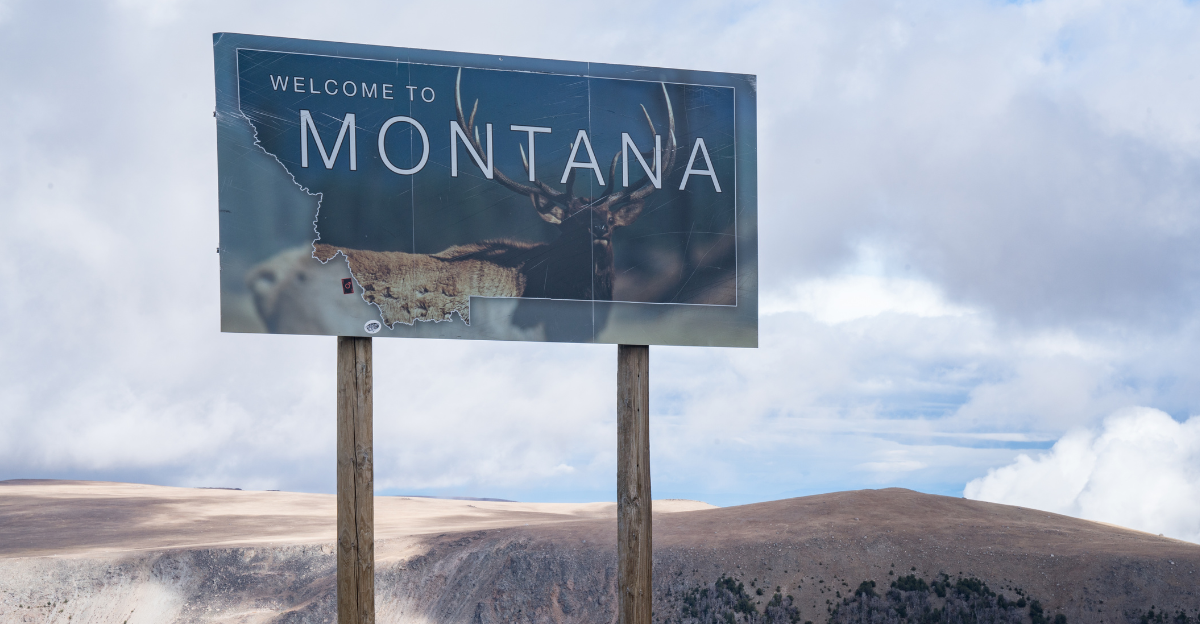
The NWS in Billings, Montana, has been keeping the public informed about the storm’s development. On social media, they have urged visitors and outdoor enthusiasts to exercise caution, as mountain snow will have a significant effect on travel plans.
They also reminded the public that conditions change quickly, which is why it’s a good idea to have backup plans. The Pocatello, Idaho NWS office further added, urging residents to keep a close eye on the road conditions. Wherever you’re in Montana, Idaho, or Wyoming, heed warnings and be prepared for this life-threatening weather.
Probable Delays and Interference in Travel
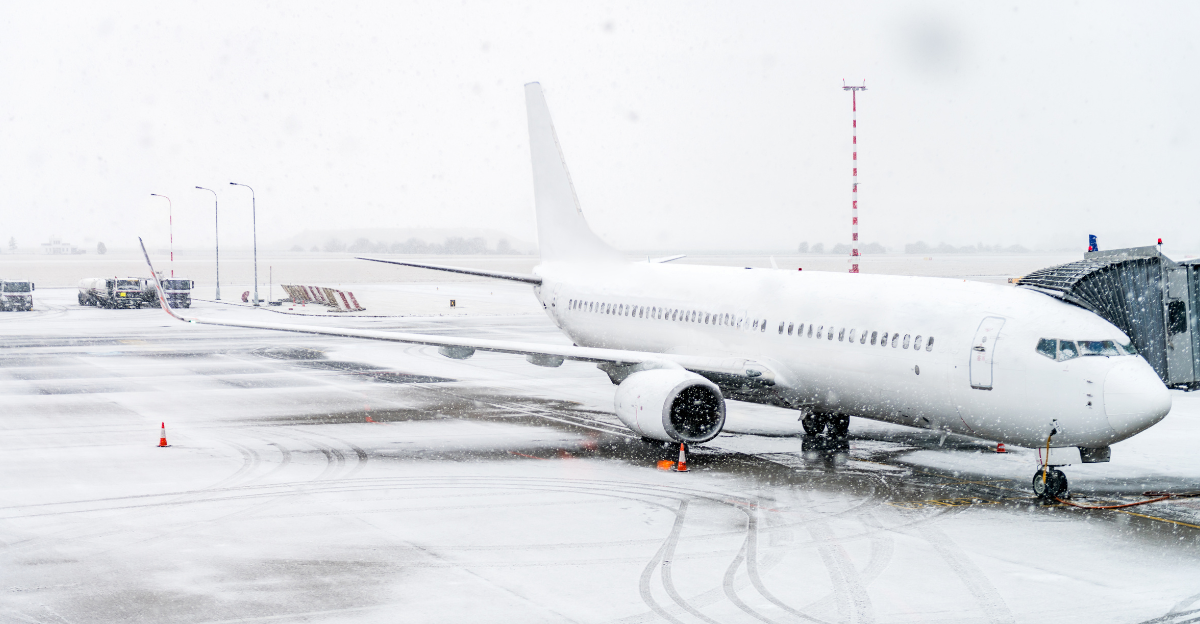
Anybody traveling through Montana, Idaho, or Wyoming will experience major disruptions. The day will consist of delays in the form of roadblocks, flights being suspended, and public transport in disarray. Freeways will become hazardous due to snow and ice, and mountain roads will be closed outright.
Also, short journeys may be made difficult by poor visibility and icy roads. If you have to travel in such conditions, anticipate delays. Where possible, avoid traveling or postpone your plans until roads are cleared and weather improves.
What’s Next?
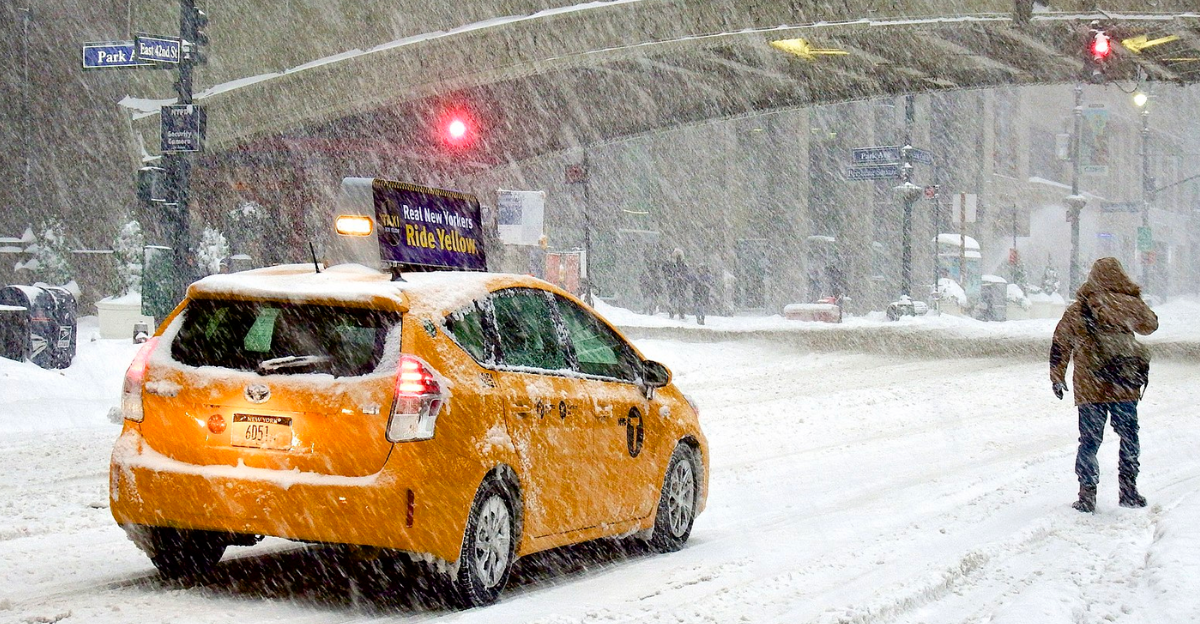
The National Weather Service winter storm warnings continue until 6 p.m. on Monday, but that does not mean the storm will have passed by then. Snow may stick around until Tuesday, and people need to remain on their toes.
The snowstorm may become another series of weather issues over the next few days, including additional snow and icy roads. If you are in the areas affected, be sure to keep checking for updates. The best course of action is to be prepared—to stock up on supplies, prepare for potential loss of electricity, and not travel unnecessarily until the situation settles.
Staying Safe
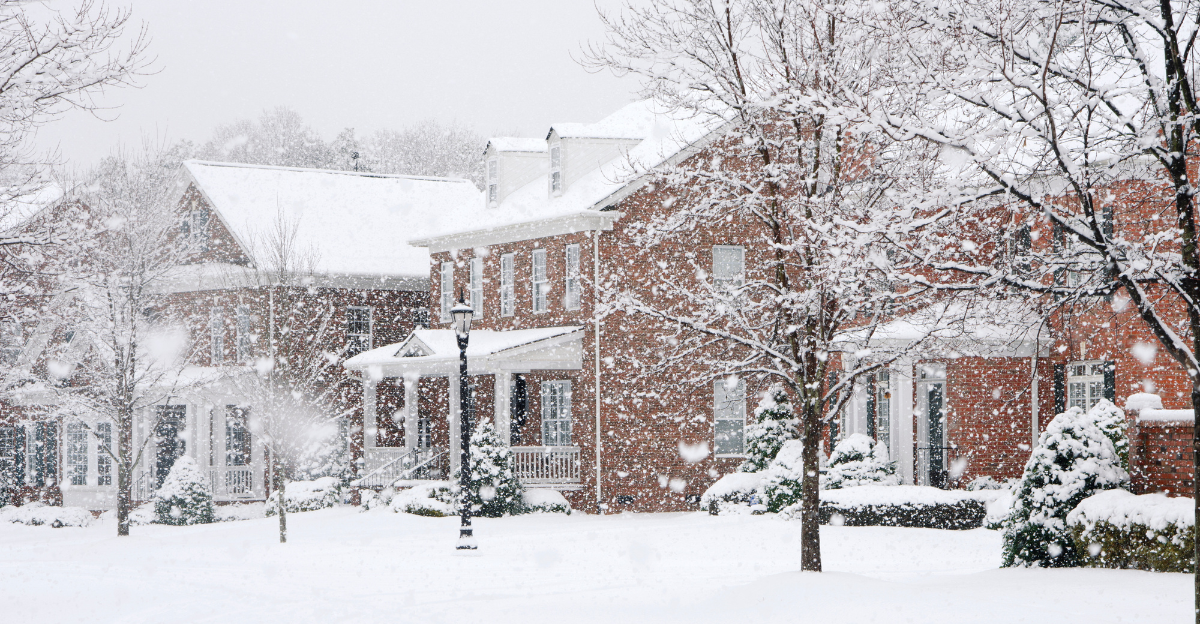
During severe weather events like these, it’s essential to keep yourself and your loved ones safe. Before a snowstorm arrives, take time to insulate your home. Seal windows and doors to keep out drafts, and check that your heating system works. You should also stock up on extra blankets and warm clothing.
Build Emergency Kits
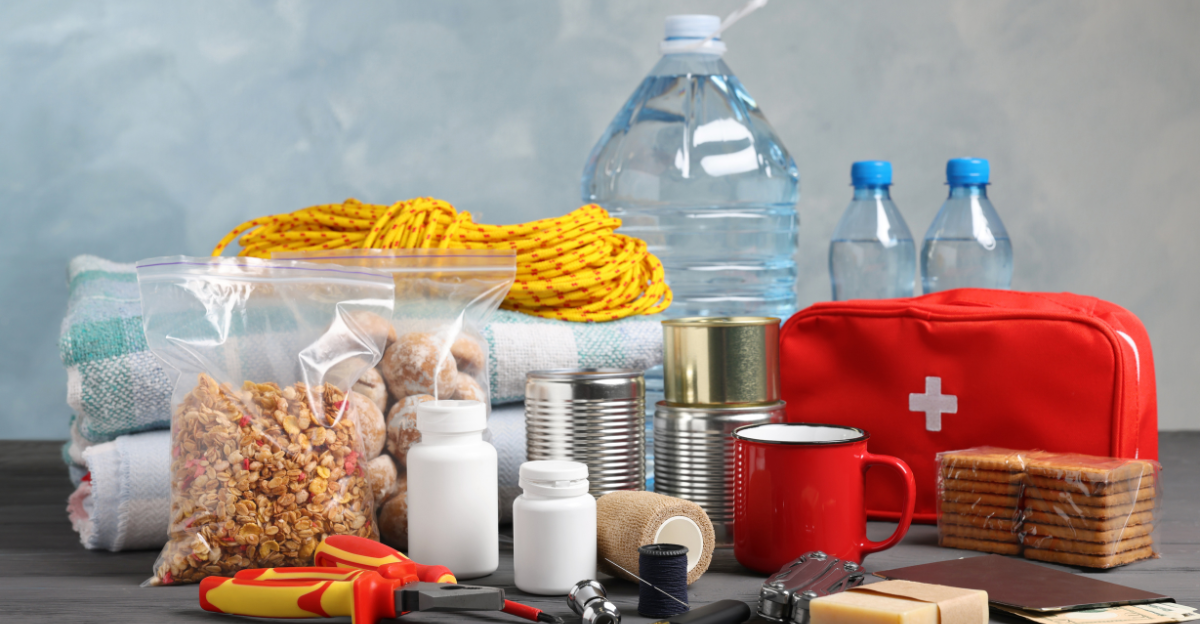
It is also important to assemble an emergency kit with enough food, water, and medications to last at least three days. Include a well-stocked first aid kit, several flashlights, and extra batteries to keep lights and devices running if the power goes out. If you have pets, ensure that you have enough food, water, and any medications they might need.
Stay Informed

During a severe snowstorm, stay updated on the latest weather conditions by monitoring local news, weather apps, and the National Weather Service. You can also sign up for emergency alerts on your phone to be extra safe. Having multiple ways to receive information ensures you won’t miss important updates, especially if the power goes out and you lose access to television or the internet.
Avoid Unnecessary Travel
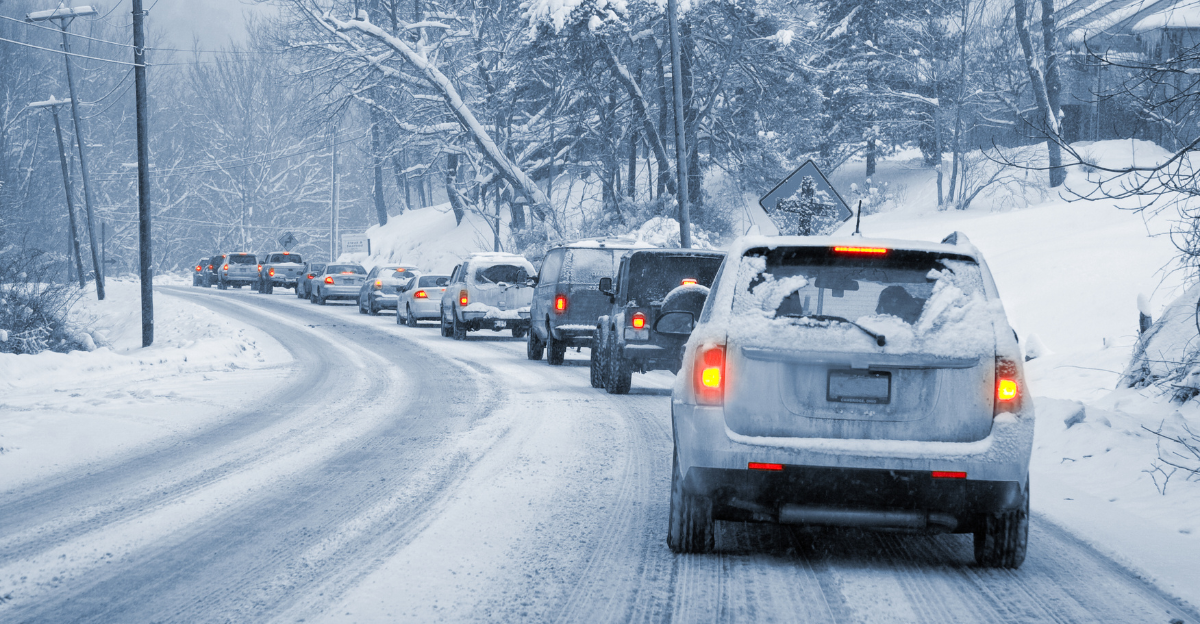
During severe weather events, especially snowstorms, roads can become extremely dangerous due to ice, snow accumulation, and poor visibility. Unless it is an emergency, stay off the road until weather conditions have improved. If you have to travel, inform a close friend or family member of your route and expected arrival time. Keep your gas tank full, and carry emergency supplies like blankets, food, water, and a shovel in your vehicle.
Dress for the Cold
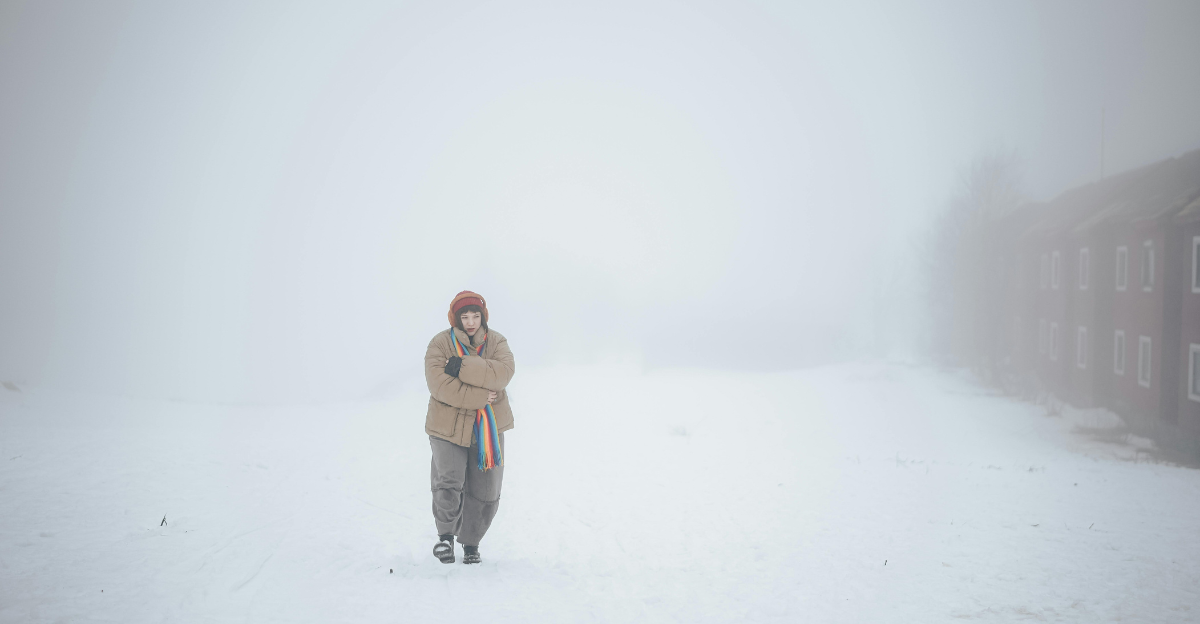
If you need to go outside, wear several layers of loose-fitting, warm clothes to help trap body heat and keep you insulated. Loose-fitting layers create pockets of warm air between them, which helps maintain your body temperature. Cover as much exposed skin as possible to prevent frostbite and change out of your wet clothes immediately to avoid hypothermia.
Drive Safely if Needed
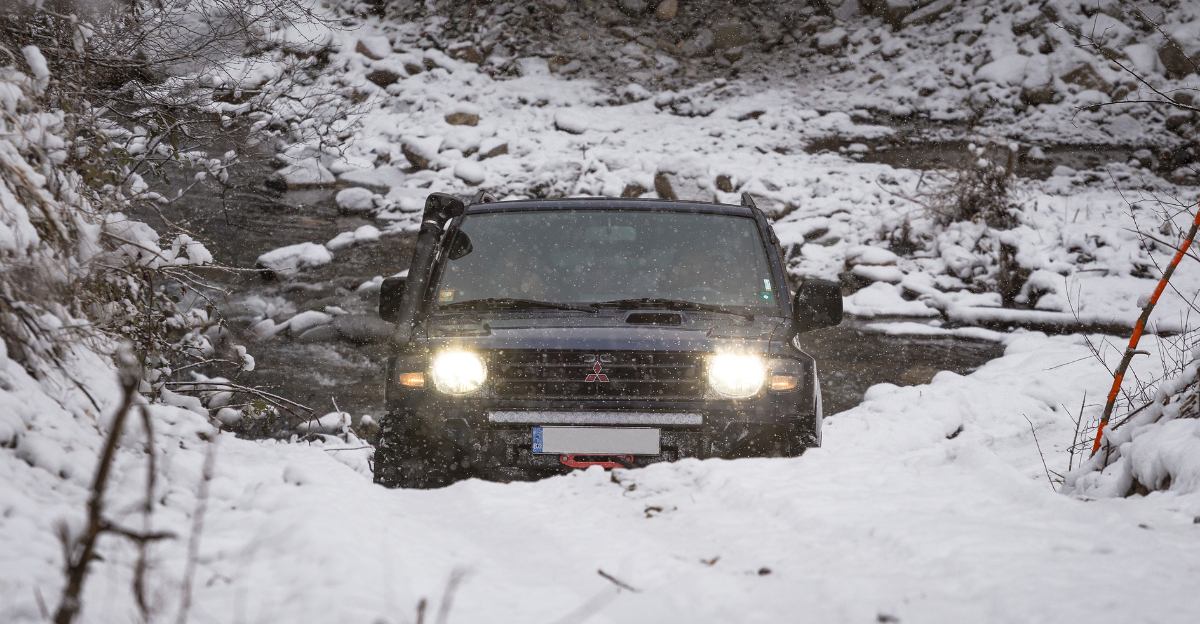
If driving is absolutely necessary during a snowstorm, it’s crucial to take extra precautions to stay safe. Equip your car with snow tires or chains to improve traction on slippery roads, and ensure that your gas tank is full. Always drive slowly and maintain a safe distance from other vehicles. You should also avoid sudden stops, sharp turns, and quick acceleration to reduce the risk of skidding. If you get stranded, stay with your vehicle and call for help immediately.
Prevent Overexertion
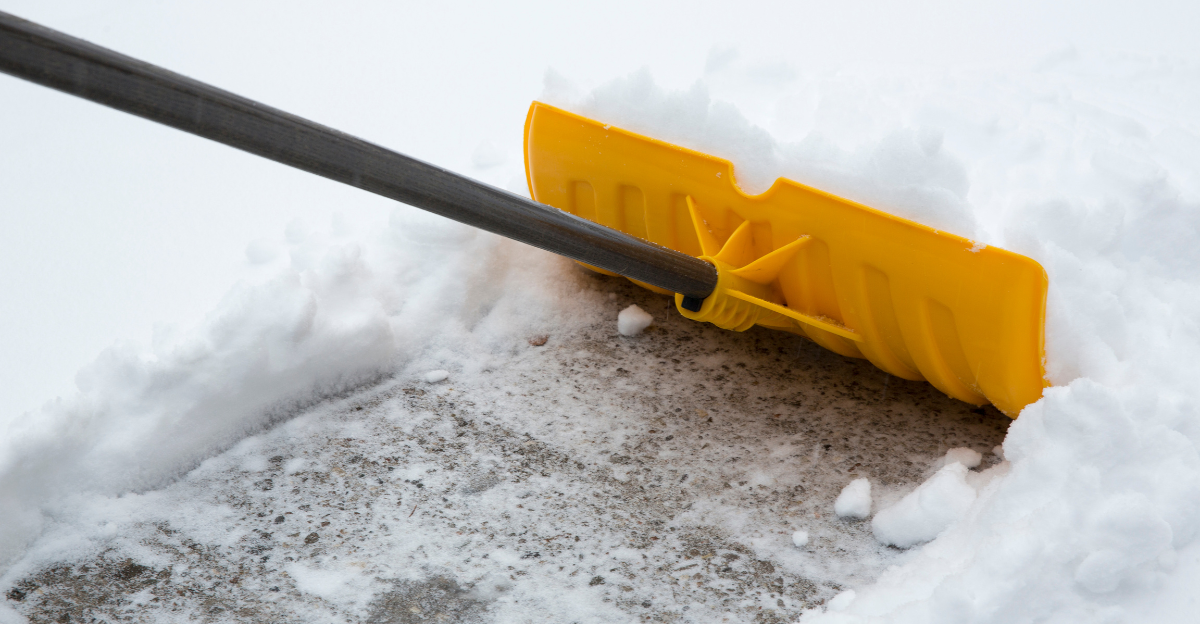
Shoveling snow is very physically demanding and can lead to injuries or even heart attacks, especially in cold weather. If you need to shovel snow, always use a lightweight shovel and push the snow out of the way rather than lifting it. You should also take frequent breaks, drink water, and dress warmly. If you have a heart condition or health concerns, ask a neighbor or hire someone to help with snow removal.
Watch for Power Outages

Heavy snow and ice can often bring down power lines, causing outages. You can prepare for outages by charging your devices and keeping flashlights and batteries on hand. You should always use flashlights instead of candles to avoid fire risk. Unplug major appliances to prevent damage from power surges, and keep one light on so you know when power is restored.
Protect Against Carbon Monoxide
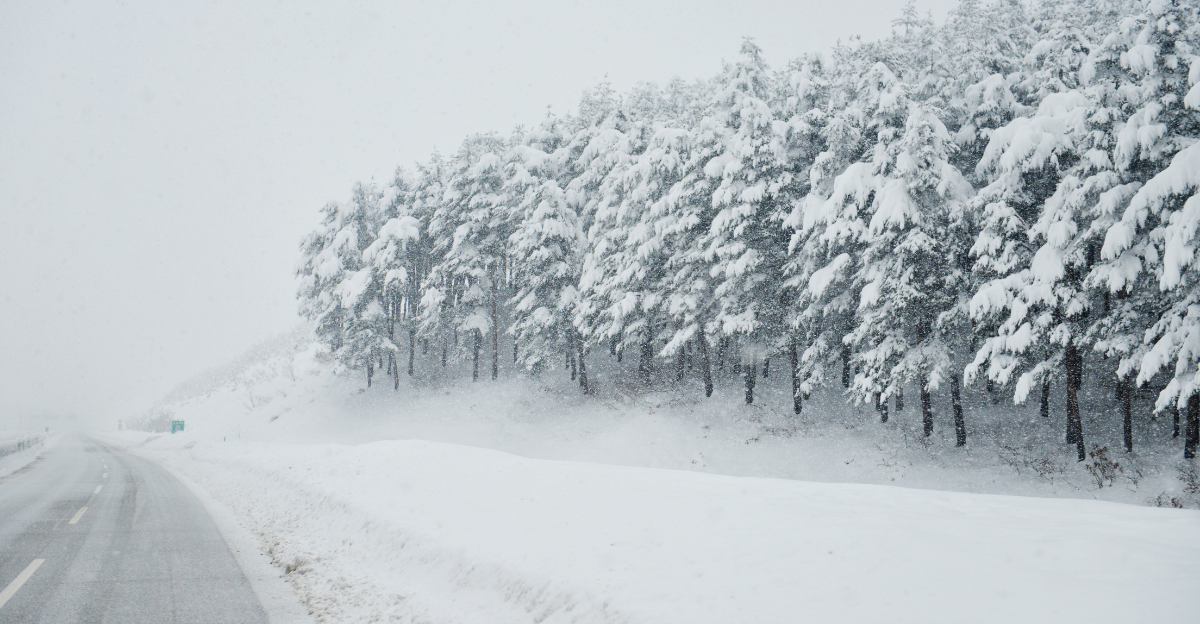
Never use grills, camp stoves, or generators indoors, as they can produce deadly carbon monoxide gas. Keep all vents clear of snow, and ensure that your carbon monoxide detectors are working properly. If you experience symptoms such as headache, dizziness, nausea, or confusion, you may be suffering from carbon monoxide poisoning. Leave the area immediately, get to fresh air, and call emergency services for medical help.
Check on Neighbors
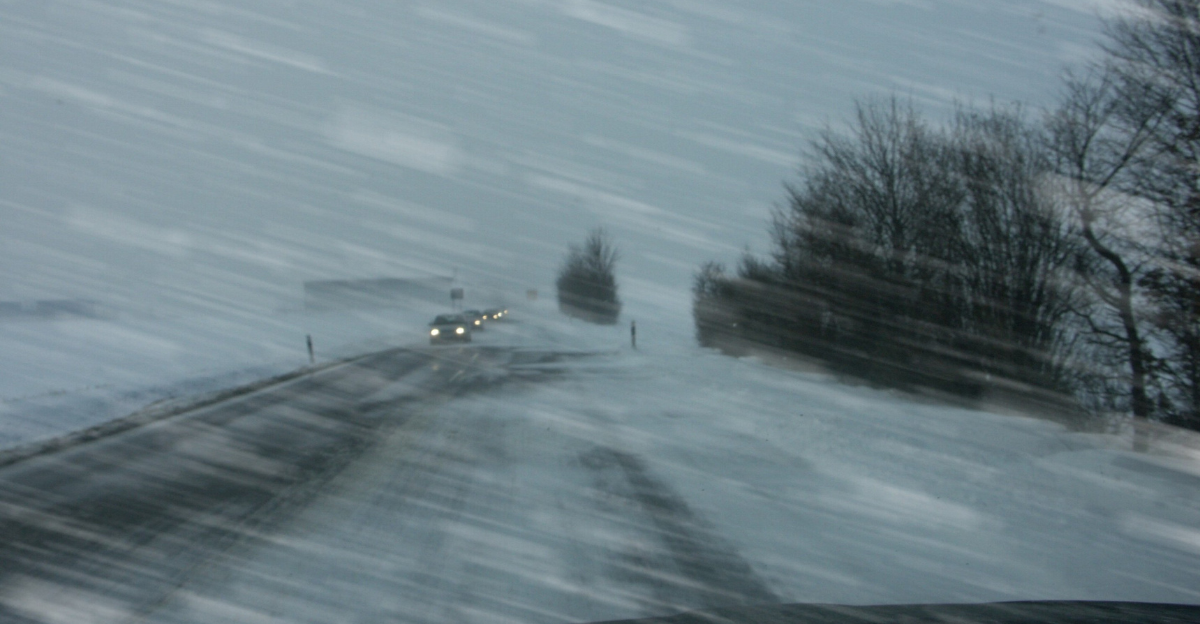
Once you’ve ensured your own safety, take a moment to check on your neighbors, especially the elderly, individuals with disabilities, or those living alone. Offer to share supplies, clear walkways, or provide weather updates. Community support is crucial during severe weather. A simple phone call or knock on the door can make a big difference and help everyone stay safe and connected during the storm.
Explore more of our trending stories and hit Follow to keep them coming to your feed!

Don’t miss out on more stories like this! Hit the Follow button at the top of this article to stay updated with the latest news. Share your thoughts in the comments—we’d love to hear from you!







